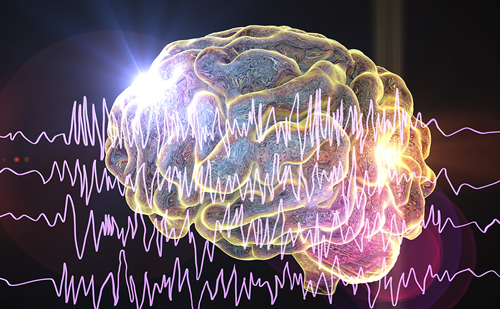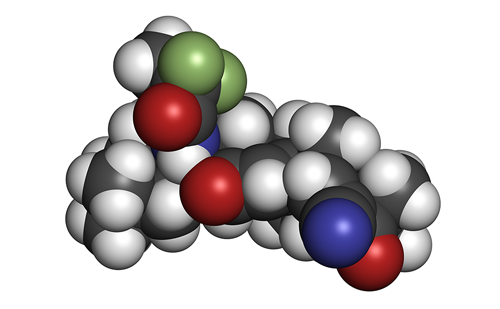Search Results
Showing Results for pluripotent stem cells

Affecting over 70 million patients worldwide, epilepsy is a chronic neurological disorder characterized by intermittent bursts of hyper-synchronous neuronal discharges.1 The manifestations are variable but reflective of the unique milieu and biology of epileptogenic foci.2 Pharmacological treatment with antiepileptic drugs (AEDs) ...

Friedreich’s ataxia (FRDA), a neurodevelopmental and progressive neurodegenerative disease, is the most common inherited form of ataxia, with disease incidence as high as 1 in 29,000 in Caucasian populations.1 Patients typically present with ataxia from ages 7 to 15 years and lose the ...

Recapitulating Amyloid β and Tau Pathology in Human Neural Cell Culture Models—Clinical Implications
Alzheimer’s disease (AD) is the most common neurodegenerative disease, clinically characterized by progressive memory loss. To date, an estimated 5.2 million people have the disease in the US, and the total number of people with AD-related dementia is projected to ...

Understanding MS Better in 2014Contribution of Epidemiological factorsMultiple sclerosis (MS) is considered to be an immune-mediated neuro-inflammatory and neurodegenerative disease of the central nervous system (CNS) with heterogeneous clinical presentation and course, neuroimaging and pathological findings. Several genetic and environmental ...

Recapitulating Amyloid β and Tau Pathology in Human Neural Cell Culture Models—Clinical Implications
Alzheimer’s disease (AD) is the most common neurodegenerative disease, clinically characterized by progressive memory loss. To date, an estimated 5.2 million people have the disease in the US, and the total number of people with AD-related dementia is projected to ...

Traumatic brain injury (TBI) is a condition with many unmet needs in medicine and public health.1,2 It is a major cause of death and disability and also leads to extremely high direct and indirect costs to society.3–5 Currently the incidence ...

Multiple sclerosis (MS) is a chronic immune-mediated neurodegenerative disorder characterised by central nervous system (CNS) demyelination, axonal injury, gliosis and eventual loss of both oligodendrocytes and neurons.1 The aetiology of the disease is complex, and not entirely understood, though human ...

Amyotrophic lateral sclerosis (ALS) is characterised by progressive degeneration of upper (UMN) and lower (LMN) motor neurons in the brain and spinal cord. Rare in its own right, ALS is the most common form of motor neuron disease (MND). Primary ...

For several decades, levodopa-based treatments have been the mainstay of Parkinson’s disease (PD) therapy. However, current treatments do not prevent disease progression and there is no cure. In an attempt to find disease-modifying treatments, research into biotechnological treatment approaches ...

To date, a model for Parkinson’s disease (PD) that accurately replicates key features of pathophysiology represents a major bottleneck in the understanding of disease mechanisms, as well as in efficient drug screening. Both cell culture systems and animal models ...

Parkinson’s disease (PD) was the first neurodegenerative disease in which a neurotransmitter replacement therapy was proven effective. That agent, levodopa, which replaces the deficiency in dopamine, is still the gold standard treatment more than 40 years after its introduction. While ...
Latest articles videos and clinical updates - straight to your inbox
Log into your Touch Account
Earn and track your CME credits on the go, save articles for later, and follow the latest congress coverage.
Register now for FREE Access
Register for free to hear about the latest expert-led education, peer-reviewed articles, conference highlights, and innovative CME activities.
Sign up with an Email
Or use a Social Account.
This Functionality is for
Members Only
Explore the latest in medical education and stay current in your field. Create a free account to track your learning.

